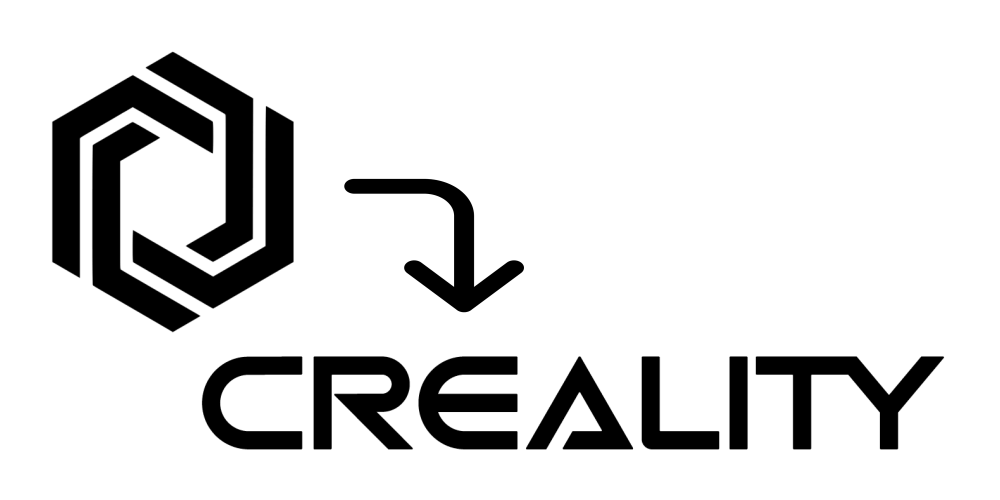In today’s rapidly advancing technological landscape, 3D printing has emerged as a groundbreaking innovation, enabling individuals to turn their creative ideas into tangible, physical objects. In 2014, I embarked on my 3D printing journey with the purchase of a Delta 3D printer on Kickstarter. However, due to unforeseen delays, it wasn’t until two years later that I finally received my printer. Through the unforeseen delay , I had time to lean my first 3D design program. In this blog post, I will delve into my transformative journey, sharing the challenges, triumphs, and growth that I experienced along the way.
-
The Beginnings: Delta 3D Printer Acquisition (2014):
The excitement of purchasing a new Delta 3D printer filled my mind with endless possibilities. However, the delay in its delivery gave me time to dive into exploring 3D design software. Blender was my first choice, allowing me to unleash my creativity even before my printer arrived. It wasn’t the best choice, but at this time I didn’t even know any other free solutions. Later I found out I am much better with CAD software, with precise constraints, and no organic free forms. -
Transitioning to the Ender 5:
Years later, after I outgrown the limitation of a closed down system. I decided to upgrade my 3D printing experience, seeking a more reliable and versatile printer. The Creality Ender 5, known for its exceptional print quality and sturdy frame, quickly caught my attention. This marked a significant turning point in my journey. The Ender 5 is much more flexible and additionally completely open hardware. It was perfect for the next step, to constantly upgrading the printer by printing parts on the printer. -
Automatic Bed Leveling upgrade:
The initial upgrade on my Ender 5 was to add a ABL sensor. Nowadays such sensor is standard by new printers, to improve both performance and ease of use of the printer. The sensor creates a topological map of your bed and adjust the Z position of the nozzle to follow imperfections of your build surface for a more consistent first layer. But at the time I bought my printer I needed to add ABL myself. Additionally I needed to flash the electronics with a custom firmware to enable the ABL. -
Bowden Tube Replacement:
The next upgrade on my Ender 5 involved replacing the bowden tube. This upgrade greatly improved the printing reliability and helped minimize filament jams, enhancing the overall printing experience. With this crucial adjustment, I felt a newfound sense of control and precision in my designs. -
Electronics Upgrade:
Next on my list was upgrading the electronics of my Ender 5 printer. By default the printer was delivered with a 8-bit processor board and cheap motor controls. I replaced it with a 16-bit processor board with special silent motor controls. This upgrade allowed for enhanced connectivity, improved responsiveness, a higher quality of prints. -
Cooling Fan and Mounting Replacement:
Thermal management is a critical aspect of successful 3D printing. To optimize the cooling performance and ensure more consistent prints, I decided to replace the cooling fan and its mounting mechanism. This modification played a pivotal role in achieving better print quality, particularly when working with intricate designs and overhangs. -
Diamond Nozzle Upgrade:
The final piece of the puzzle was the replacement of the printer nozzle. This seemingly minor change significantly impacted the precision and efficiency of my prints. A diamond nozzle allowed me to print more exotic materials, like plastic with wood or even carbon. With this upgrade, I witnessed only minor noticeable improvement in printing quality, but it gave me more flexibility. -
Expanding Design Horizons with Fusion 360 and OpenSCAD:
As my skills and confidence in 3D design grew, I transitioned from using Blender to more specialized software tools: Fusion 360 and OpenSCAD. Fusion 360, known for its comprehensive design capabilities, enabled me to create intricate mechanical designs and easily simulate their functionality. OpenSCAD, on the other hand, offered a unique scripting-based approach, allowing me to create parametric designs, perfect for customizable parts. -
Contributing to the 3D Printing Community:
With a plethora of designs ready for printing, I sought a platform to share my work with the broader 3D printing community. Printables.com became my go-to platform for sharing my creations, connecting with fellow enthusiasts, and gaining valuable feedback. Collaborating with like-minded individuals fueled my motivation to push boundaries and take my designs to new heights. -
Next printer:
After years of usage my trusted Ender 5 shows signs of ware and tare. I already have my eye on a new printer design, the Voron. The Voron is based on the concept of a CoreXY motion system, and is completely open source and open hardware. The Voron 3D printer is known for its sturdy construction, high precision, and reliability. The printer can’t be bought directly, the main part need to sourced by yourself, and all other parts must be 3D-printed on your printer. That way you basically print your next printer.
Conclusion:
My 3D printing journey has been a tale of evolution, growth, and self-discovery.
Starting with a delayed delivery and getting hooked on 3D design with Blender,
I eventually upgraded to an Ender 5 printer, transforming it into a high-performing machine.
The replacement of various components, coupled with the shift to Fusion 360 and OpenSCAD,
empowered me to explore new frontiers in 3D design.
As I continue to refine my skills and contribute to the thriving 3D printing community on platforms like Printables.com,
I eagerly await what the future holds for this remarkable technology and the possibilities it bestows upon us all.
